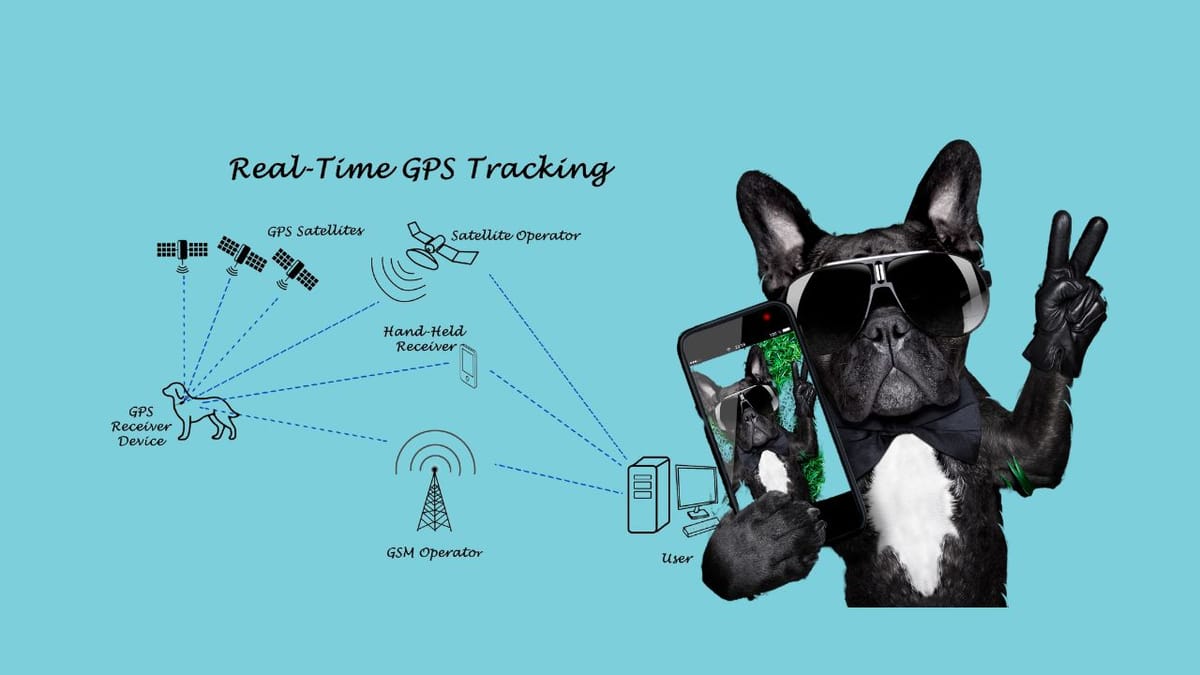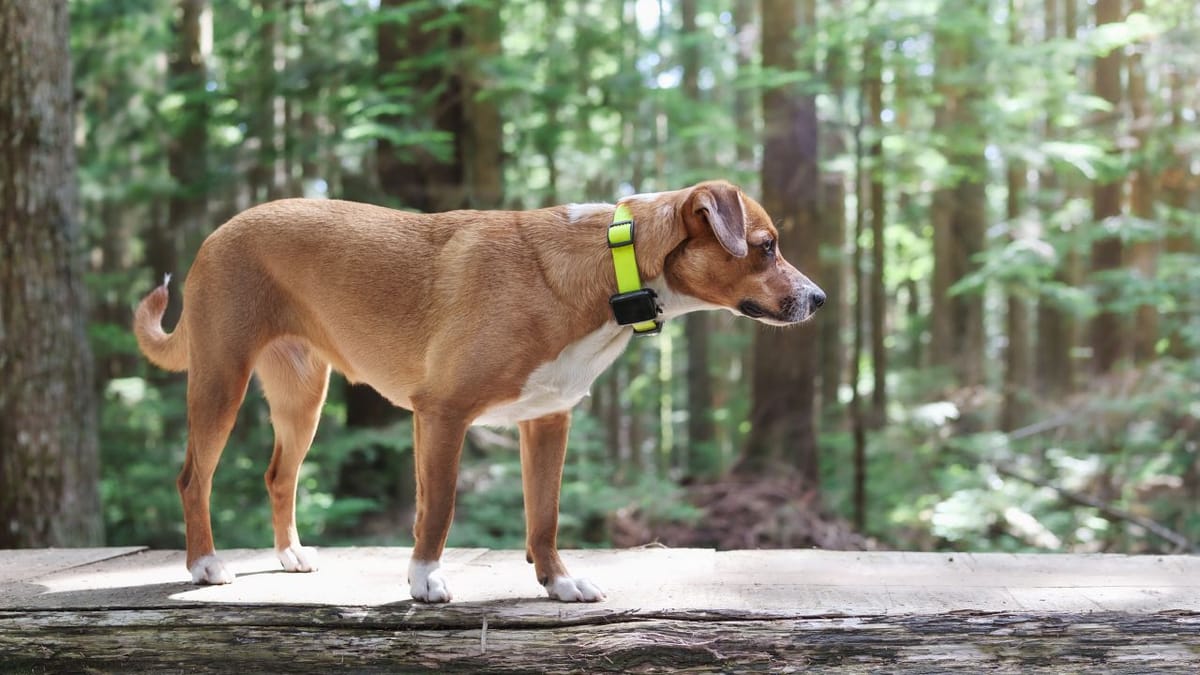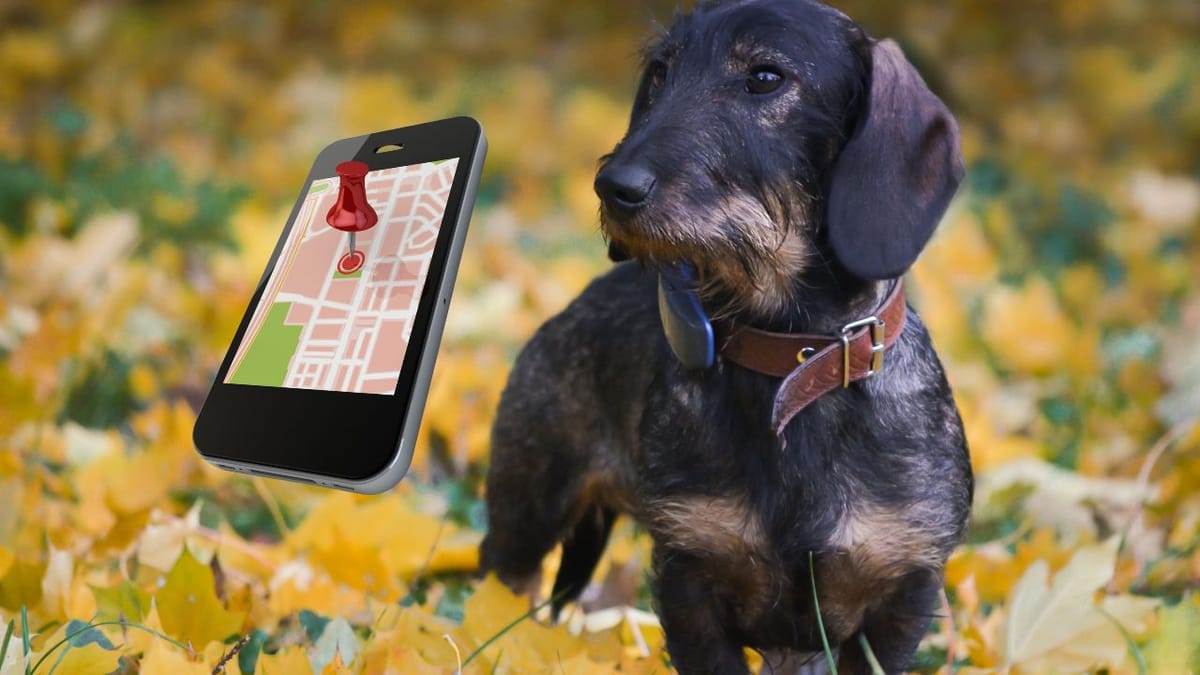Table of Contents
Key Takeaways:
- Wireless dog fences can be effective on hilly terrain, but their efficiency may be impacted by the severity of the slopes and the presence of obstructions.
- Proper training and setup are crucial for the success of a wireless dog fence system on uneven ground.
- It's essential to choose the right system and consider a hybrid approach for complex landscapes.
Wireless dog fences have become a popular solution for pet owners looking to keep their furry friends safe without the need for a physical barrier. However, when it comes to hilly terrains, the effectiveness of these systems can come into question. In this comprehensive guide, we'll explore whether wireless dog fences are a viable option for properties with elevation changes and how to ensure they work effectively.
With detailed and rigorous research, we provide our readers with the finest recommendations. Our recommendations are our opinions. Our cause is backed by reader support- for every click made through one of our affiliates links, a commission may be earned at no extra expense to you! As an Amazon Associate, Reviewsopedia may earn a commission from qualifying purchases. Thank you and enjoy!
Understanding Wireless Dog Fences
Wireless dog fences use radio signals to create an invisible boundary for your pet. A transmitter sends a signal to a receiver collar worn by your dog. If your dog approaches the boundary, the collar emits a warning sound, followed by a static correction if they continue closer.
The simplicity of wireless systems makes them attractive, but their performance can be influenced by the topography of your land. Hills and slopes can disrupt the signal, creating irregular boundaries or dead zones where the collar doesn't receive the signal.

The Challenge of Hilly Terrains
When it comes to hilly terrains, the main concern is signal inconsistency. Wireless fence signals typically travel in a straight line and can be obstructed by dense ground like a hill. This means that on the slope of a hill, the signal may not reach the collar, potentially allowing your dog to wander outside the designated area without correction.
Moreover, metal objects, dense foliage, and even moisture in the air can affect signal strength. It's crucial to assess the specific conditions of your property to determine if a wireless fence will work for you.

Training Your Dog for Success
Regardless of the type of fence you choose, training is essential. Dogs need to learn where the boundaries are and what the warning sounds and static corrections mean. This process can be more challenging on hilly terrain, where boundaries may be less consistent.
Consistent, positive reinforcement training over a few weeks can help your dog understand the limits of their roaming area. It's important to monitor your dog's reactions to the fence and adjust the training process as needed.
Selecting the Right Wireless Fence
Not all wireless fences are created equal. Some are better suited for hilly terrains than others. Look for systems that are specifically designed to handle varied landscapes. These may have stronger signals or more customizable boundary settings.
It's also worth considering a GPS-based system, which can be more accurate over uneven ground. These systems use satellite technology rather than radio waves, reducing the likelihood of signal loss on a slope.

Installation Tips for Hilly Properties
Proper installation is key to the success of a wireless dog fence on a hilly property. The transmitter should be placed at the highest point to maximize the signal coverage. Avoid placing it near metal objects or thick walls that could interfere with the signal.
Test the boundary with the collar at various points on your property to ensure the signal is consistent. You may need to make adjustments to the transmitter's location or settings to achieve the desired boundary shape.

Hybrid Fencing Solutions
For properties with complex topography, a hybrid solution that combines wireless and traditional fencing may be the best option. This approach allows you to use physical barriers in areas where the wireless signal is weak or unreliable.
You can install a physical fence on the steepest parts of your property and use the wireless system on flatter areas. This ensures that your dog is safe and secure no matter where they are on your property.
Maintenance and Troubleshooting
Regular maintenance is crucial for keeping your wireless dog fence functioning correctly, especially on hilly terrain. Check the battery life in the collar regularly and inspect the transmitter for any signs of damage or wear.
If you notice that the boundary is inconsistent or that your dog is no longer responding to the fence, troubleshoot by checking for signal obstructions or interference. You may need to retrain your dog if the boundary has shifted due to changes in the landscape or equipment.

The Future of Wireless Fencing on Hills
As technology advances, wireless dog fences are becoming more sophisticated and better equipped to handle challenging terrains. Manufacturers are continually improving signal strength and reliability, making these systems more viable for hilly properties.
Investing in the latest wireless fence technology can provide peace of mind and ensure that your pet remains safe, regardless of the landscape.

Summary
Wireless dog fences can work on hills, but their effectiveness depends on the severity of the slopes and the presence of obstructions. Proper training, selecting the right system, and considering a hybrid approach are key to success. Regular maintenance and troubleshooting are also essential to ensure the system remains reliable. With the right approach, wireless dog fences can provide a safe and effective solution for keeping your pet contained on hilly properties.
FAQ Section
Can wireless dog fences work on steep hills?
While wireless dog fences can work on hilly terrains, steep hills may pose a challenge due to signal disruption. It's important to choose a system designed for varied landscapes and to test the signal thoroughly.
How do I train my dog to understand the boundaries on a hilly terrain?
Training on hilly terrain involves consistent, positive reinforcement to help your dog understand where the boundaries are. It may take longer due to the inconsistent signal, but with patience and regular training sessions, your dog can learn the limits.
Are there any wireless dog fences that are better for hilly terrains?
Yes, some wireless dog fences are designed with stronger signals and customizable boundary settings that are better suited for hilly terrains. GPS-based systems are also a good option as they rely on satellite signals, which can be more consistent over uneven ground.
Other Related Articles









